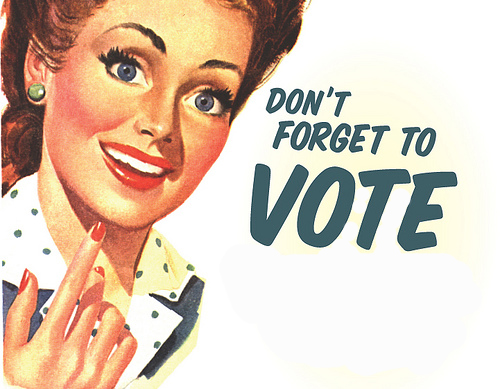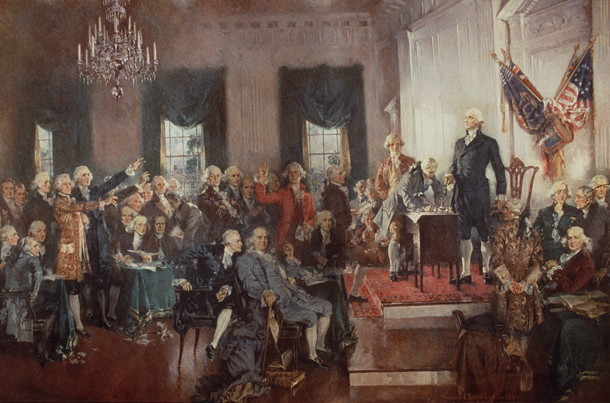THE HISTORY OF VOTING RIGHTS
- The Framers purposely left the power to set suffrage qualifications to each State. Suffrage means the right to vote. Franchise is another term with the same meaning. When the constitution went into effect in 1789, the right to vote in the United States was restricted to white male property owners. In fact, probably not one in fifteen adult white males could vote in elections in the different States.
- Today, the size of the American electorate- the potential voting population- is truly impressive. Some 220 million people, nearly all citizens who are atleast 18 years of age, can now qualify to vote. That huge number is a direct result of the legal definition of suffrage. In other words, it is the result of those laws that determine who can and cannot vote. it is also the result of some 200 years of continuing, often bitter, and sometimes violent struggle.
EXTENDING SUFFRAGE: THE FIVE STAGES
- The first stage of struggle to extend voting rights came in the early 1800s. Religious qualifications, instituted in colonial days, quickly disappeared. No State has had a religious for voting since 1810. Then, one by one, Statesbegan to eleimante property ownership and tax payment qualifications. By mid-century, almost all white adult males could vote in every State.
- The second major effort to broaden the electorate followed the Civil War. The 15th Amendment, ratified in 1870, was intended to protect any citizen from being denied the right to vote because of race or color. Still, for nearly another century, African Americans were systematically prevented from voting, and they remained the largest group of disenfranchised citizens in the nations population.
- The 19th Amendment prohibited the denial of the right to vote because of sex. Its ratification in 1920 completed the third expansion of suffrage. Wyoming, while still a territory, had given women the vote in 1869. By 1920 more than half of the States had followed that lead.
- A fourth major extension took place during the 1960s. During that tim, federal legislation and court decisions focused on securing African Americans a full role in the electoral process in all States. With the passage and vigorous enforcement of a number of civil rights acts, especially the Voting Rights Act of 1965 and its later extension, racial equality finally became fact in polling booths throughtout the country.
- The fifth and latest expansion of the electorate came with the adoption of the 26th Amendmentin 1971. it provides that no State can set the minimum age of voting at more than 18 years of age.
THE POWER TO SET VOTING QUALIFICATIONS
The Constitution does not give the Federal Government the power to set suffrage qualifications. Rather, that matter is reserved to the States. The Constitution does, however, place five restrictions on how the States use that power.
- Any person whom a State allows to votefor members of the "most numerous branch" of its own legislature must also be allowed to vote for representatives and senators in Congress. This restriction is of little real meaning today. With only minor exceptions, each of the States allows the same voters to vote in all elections within the States.
- No State can deprive any person of the right to vote "on account of race, color, or previous condition of servitude" .
- No State can deprive any person of the right to vote on account of sex.
- No State can require payment of any tax as a condition for taking part in the nomination or election of any federal officeholder. That is, no State can levy any tax in connection with the selection of the President, the Vice President, or member of Congress.
- No State can deprive any person who is atleast 18 years of age of the right to vote because of age.




